Photographer Hannah Starkey and curator Nicola Freeman on lockdown, urban design and patriarchy
Ahead of Hannah Starkey's major survey at The Hepworth Wakefield in November 2022, exhibition curator Nicola Freeman interviews the photographer on her poignant series of London under lockdown, Empty City, featured in the October 2020 issue of Wallpaper* (W*258), on newsstands now and available for free download
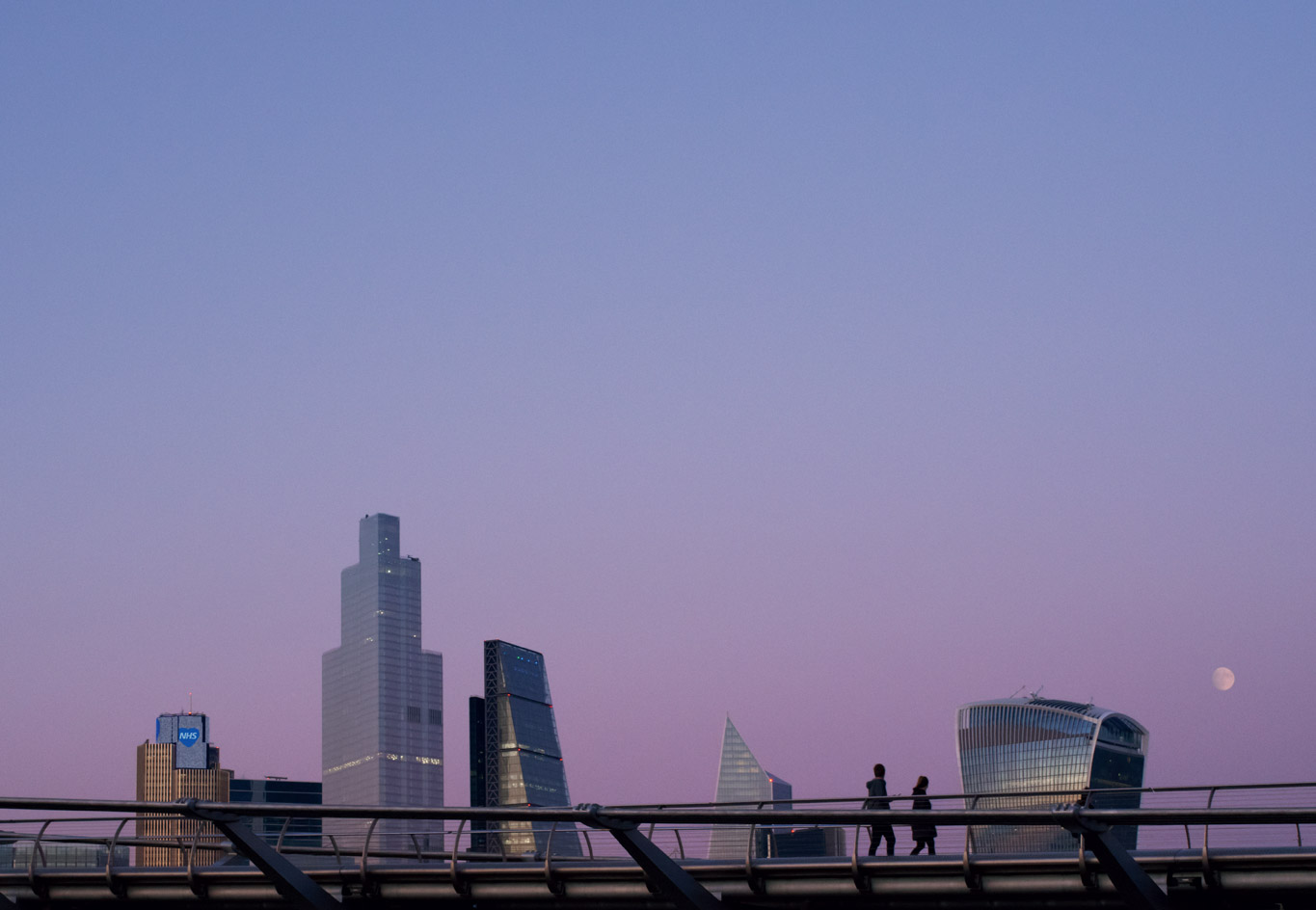
Nicola Freeman: The last time we saw each other you were at a critical moment in the development of a major commission for The Hepworth Wakefield, collaborating with a group of young women from Wakefield to conceive of new images in the city, building the various elements – settings, props, gestures. We were planning trips to locations that the women had identified as having particular resonance for them. This all came to a very sudden halt of course with lockdown. It’s good to be in touch again and to see some of the images you’ve been making during this crisis.
Hannah Starkey: Yes, I’d also just finished a residency at Guildhall, photographing women working in the City, and had become very familiar with the daily hustle and bustle of the streets on the Square Mile. Then everything came to a stop and life changed for everyone. I live quite close to the financial district, so during lockdown Digby (my Whippet) and I would walk through the empty streets, absorbing the strange atmosphere of a city without people. The images that came out of that time are about absence. How does it feel and what does it look like? How do you make the invisible visible?
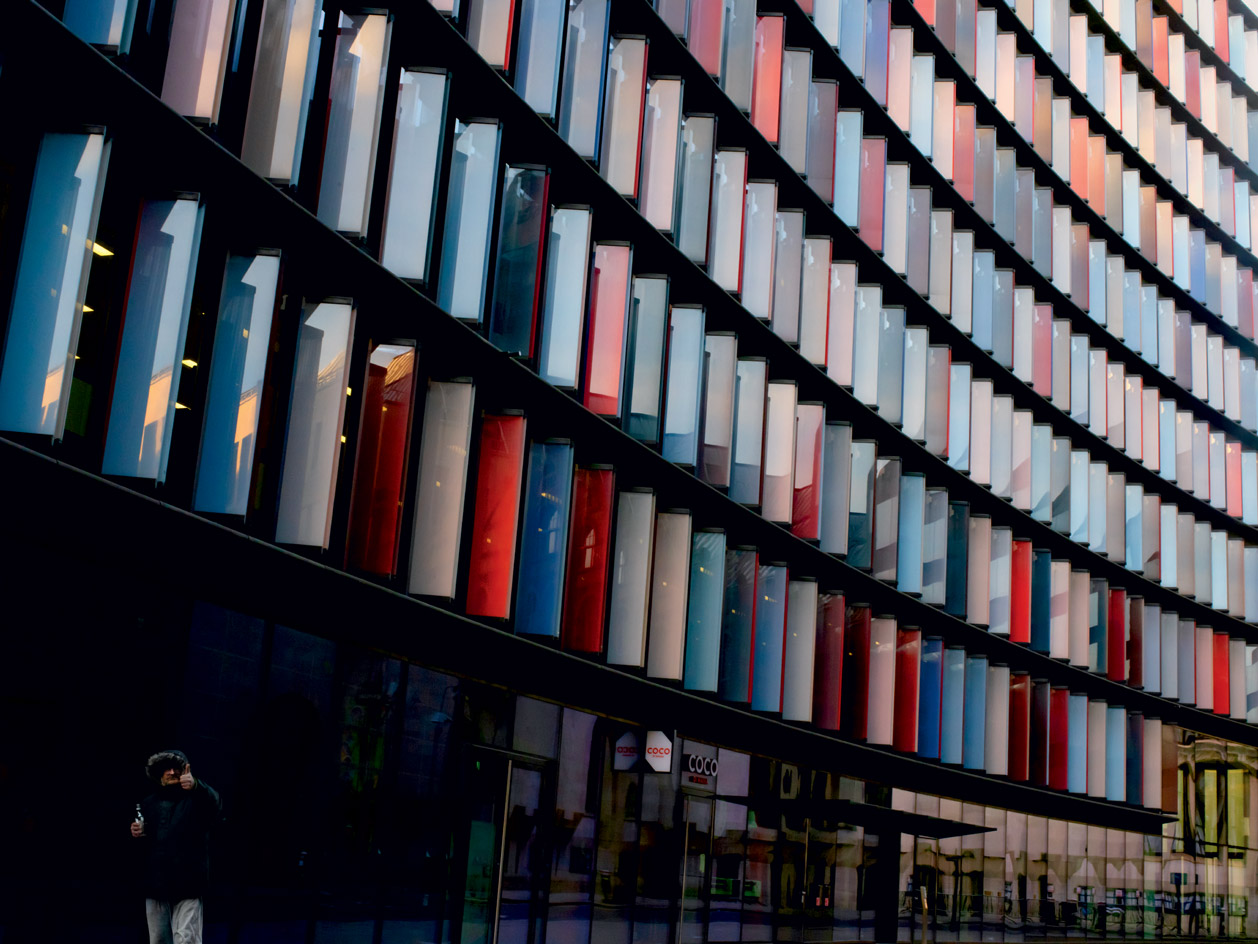
Old Bailey
NF: You’ve always been very interested in the modernist architecture of the City, but primarily I think in terms of its impact on the way people – women specifically – feel operating within and around it. I know when you visited The Hepworth, you were completely absorbed by David Chipperfield’s museum design, and in particular his use of windows, not only to frame artworks and people but also to establish a relationship with the surrounding urban landscape. Chipperfield describes the window as ‘the humanising element of architecture’.
HS: We frame the world so as to see it clearly. And of course, the window has become a feature of lockdown – the interface between us and the outside world, a compositional device. I find that I gravitate towards locations that play with the frame, the cinematic widescreen that immediately alludes to narrative. All framing devices. Pictures in pictures. How a mirror reflects back a picture and how it can almost collapse the illusion of the frame. In the beautiful spring weather in London, the reflective surfaces of the City’s architecture bounced beams of sunlight, and in the absence of human figures, my eye was entertained by this abstraction. There are a lot of shots of me and Digby reflected in office windows where we became the subject.
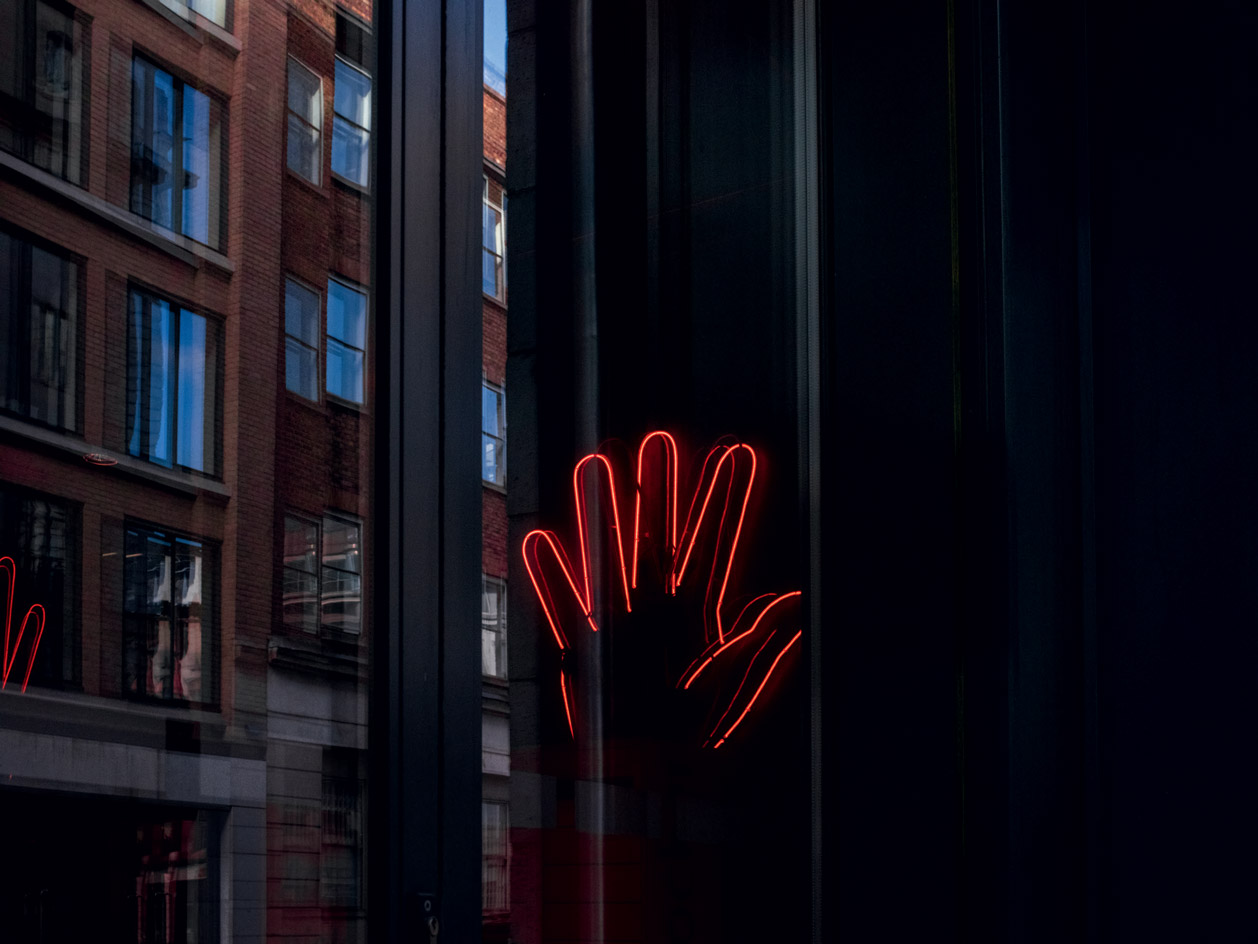
Finsbury Avenue
NF: I enjoyed that. I also noticed that, even with so few subjects, you’ve managed to sustain your fascination with photographing women and how they navigate the city. You have a sharp eye for the many subtleties that lie between private reflection and social interaction, and it’s interesting to see this manifest in an era of social distancing. We’ve spoken about Lauren Elkin’s book Flâneuse: Women Walk the City in Paris, New York, Tokyo, Venice and London, which came out in 2016 when you were photographing in Paris for a residency at the Centre Culturel Irlandais. You’ve said you identify with the women Lauren describes – from George Sand and Jean Rhys to Agnès Varda (‘a vagabonding sort of person and a vagabonding sort of director’) – who have defiantly reclaimed our city streets.
HS: Yes, and more recently with the project at The Hepworth, I’ve been thinking about Anna Burns’ teenage protagonist in Milkman (2018), a young woman required to negotiate violence and sexism as she wanders the city reading 19th-century novels. I grew up in Belfast and it was a place where you didn’t want to stand out, for fear of being singled out. It was a form of control where women were particularly frowned upon for not conforming, a very patriarchal society. I love Anna’s insight into this atmosphere, this culture where women dare not dare. A woman walking the city with a camera even today feels transgressive. It’s an act of resistance against male-dominated views of how a woman should and shouldn’t behave in public spaces – and against male-oriented urban design. There is clearly work still to be done to make all young women feel they have agency, a level of confidence in navigating the city.
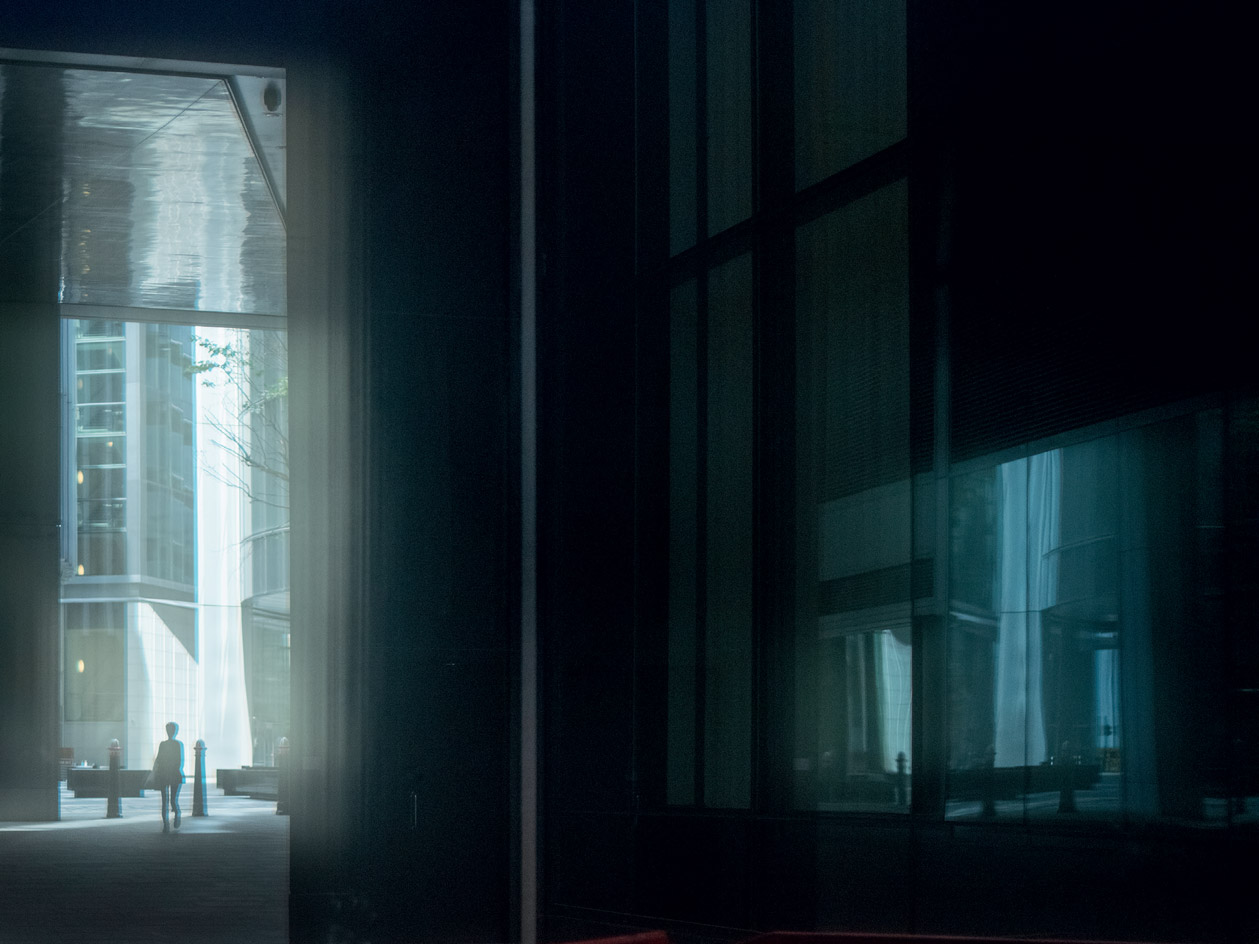

Above: Fenchurch Street. Below: Appold Street featuring The Broad Family, 1991, by Xavier Corberó
NF: Lauren Elkin reminds herself at one point in Flâneuse, ‘Slow down: it’s the only way to guarantee your immortality.’ Your photography always causes me to slow down. It’s so carefully imagined and constructed. I find myself encouraged to take better notice. Our conversations have often turned to the subtle suggestions of narrative in your pictures. You are usually working with lots of different elements to build a picture, but it’s always the female character – sometimes an actor, sometimes a woman you have approached on the street – who drives the story. I’m intrigued to know if you think the Empty City images and your experience of lockdown will have any lasting impact on this aspect of your work? Is it too early to say?
HS: Everything about the pandemic is too early to say. I love this concept though, and being a photographer certainly testifies to this approach to life. I always feel like I’ve been in a trance or meditative state out, with my camera to seek out and tune in to beauty, and maybe that’s art’s role in all of this. For me though the joy of photography remains the engagement with people and the communication that arises from that meeting, the sharing of creative ideas. It is always an uplifting encounter, and it’s what keeps me interested and keeps me searching for the perfect image to describe that feeling.
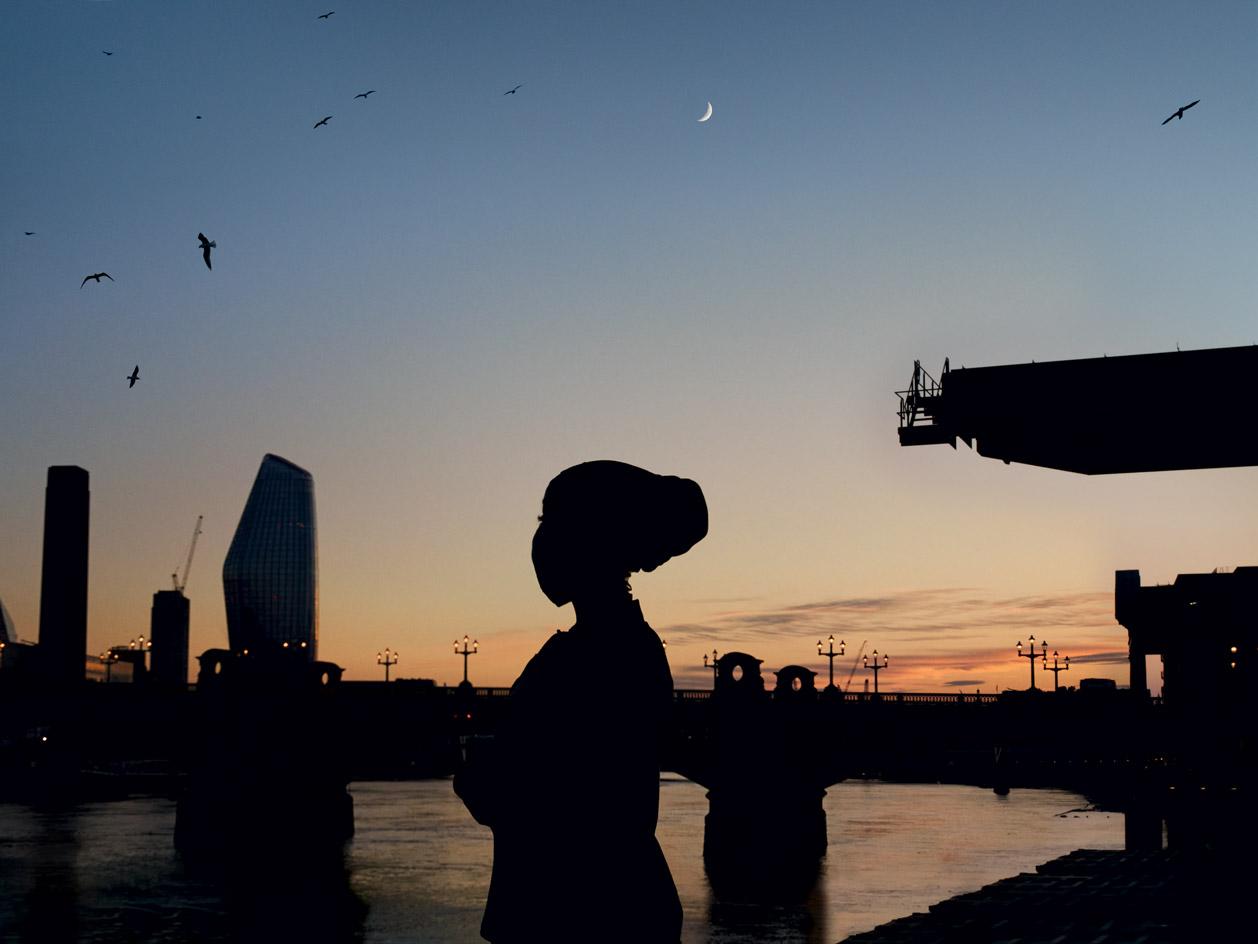
London Bridge
The October 2020 issue of Wallpaper* (W*258), is available for free download here
INFORMATION
A major survey of Hannah Starkey’s work will open at The Hepworth Wakefield in November 2022. hepworthwakefield.org
Starkey’s Celebrating City Women series can be viewed at celebratingcitywomen.co.uk/hannah-starkey
Receive our daily digest of inspiration, escapism and design stories from around the world direct to your inbox.
-
 Inspired by a pebble, the stylish new Alma charger provides pocketable convenience
Inspired by a pebble, the stylish new Alma charger provides pocketable convenienceWhat if technology could quietly allay anxiety and not cause it? That’s the pitch behind new luxury accessories company Addition, starting with its new Alma wireless charger
-
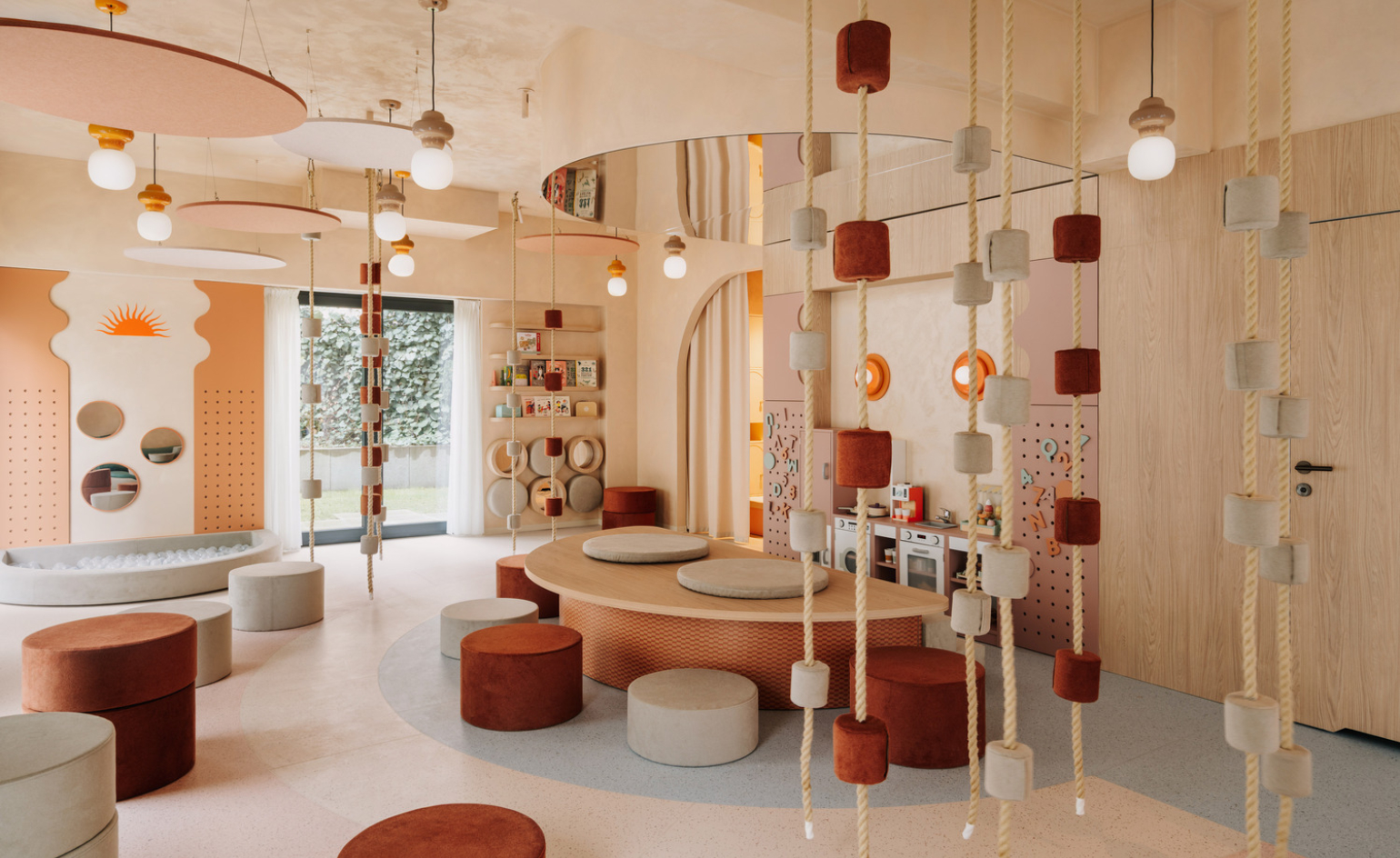 This clever café-cum-playroom in Poznań makes space for everyone
This clever café-cum-playroom in Poznań makes space for everyoneDesigned by Poland’s Cudo Studio, Sunday proposes a warm, dynamic take on the family café
-
 Irys is an app designed by photographers for photographers. We take it for a test run
Irys is an app designed by photographers for photographers. We take it for a test runIrys celebrates the art and quality of photography, along with the joy of discovery. We discuss the nature of online creativity and the artlessness of social media with founder Alan Schaller
-
 Riccardo Dalisi’s first UK retrospective opens at east London gallery Spazio Leone
Riccardo Dalisi’s first UK retrospective opens at east London gallery Spazio LeoneSpazio Leone draws together six decades of the Italian visionary’s work, from whimsical coffee pots to radical community workshops
-
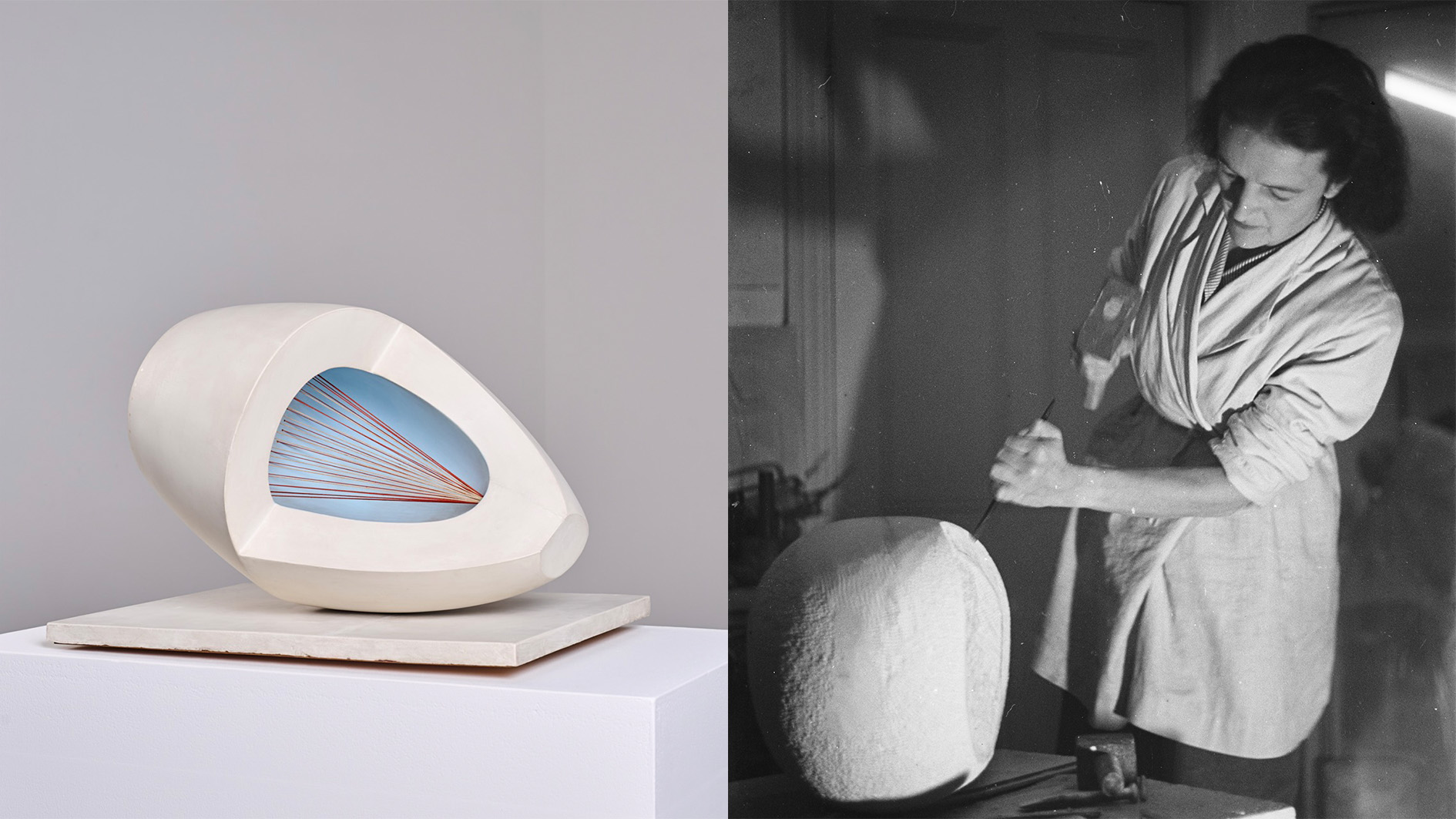 Inside the fight to keep an iconic Barbara Hepworth sculpture in the UK
Inside the fight to keep an iconic Barbara Hepworth sculpture in the UK‘Sculpture with Colour’ captures a pivotal moment in Hepworth’s career. When it was sold to an overseas buyer, UK institutions launched a campaign to keep it in the country
-
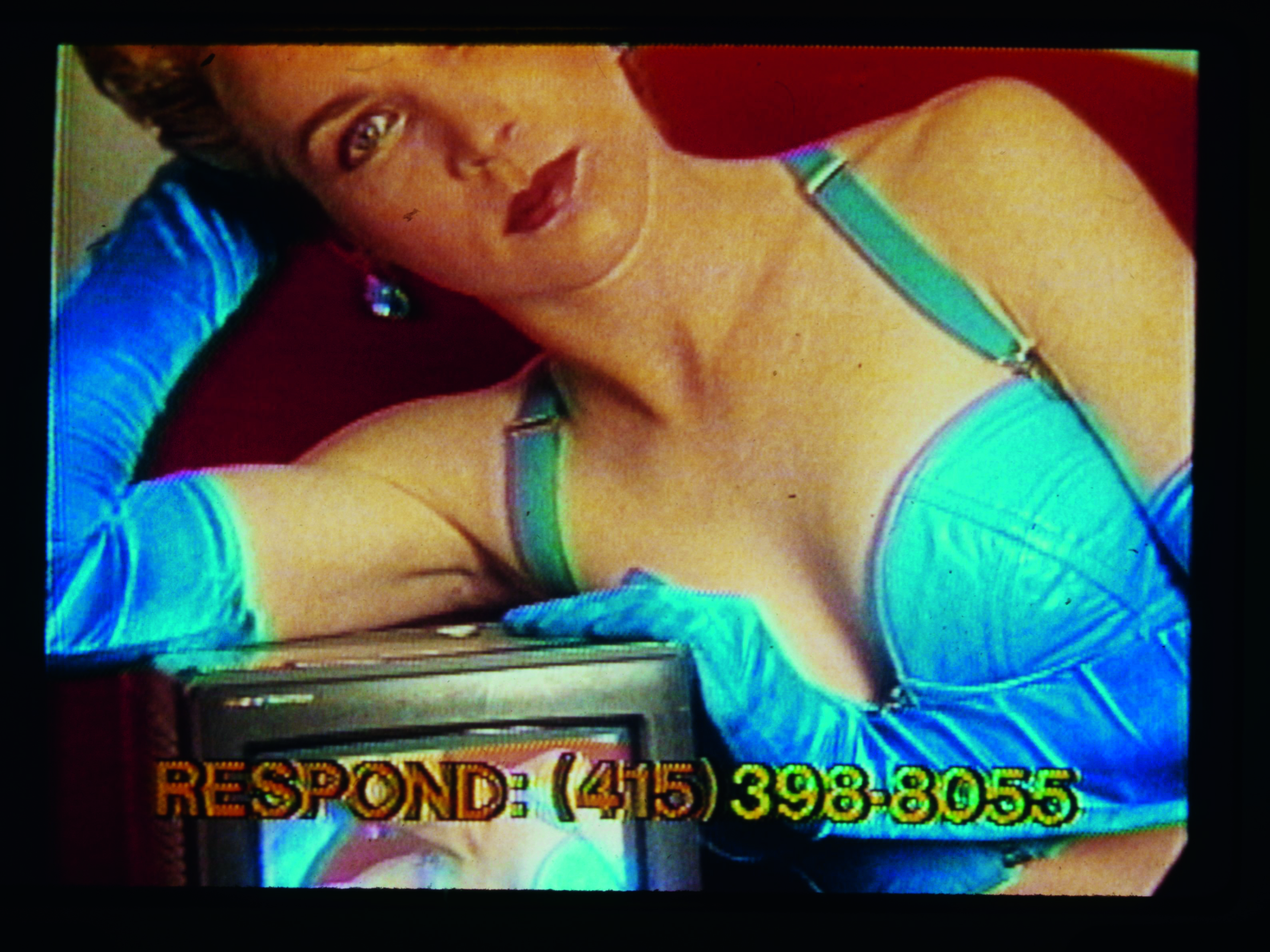 Thirty-five years after its creation, Lynn Hershman Leeson’s seminal video is as poignant as ever
Thirty-five years after its creation, Lynn Hershman Leeson’s seminal video is as poignant as everLynn Hershman Leeson’s 'Desire Inc', at 243 Luz in Margate, blurs the boundaries between art and reality
-
 A bespoke 40m mixed-media dragon is the centrepiece of Glastonbury’s new chill-out area
A bespoke 40m mixed-media dragon is the centrepiece of Glastonbury’s new chill-out areaNew for 2025 is Dragon's Tail – a space to offer some calm within Glastonbury’s late-night area with artwork by Edgar Phillips at its heart
-
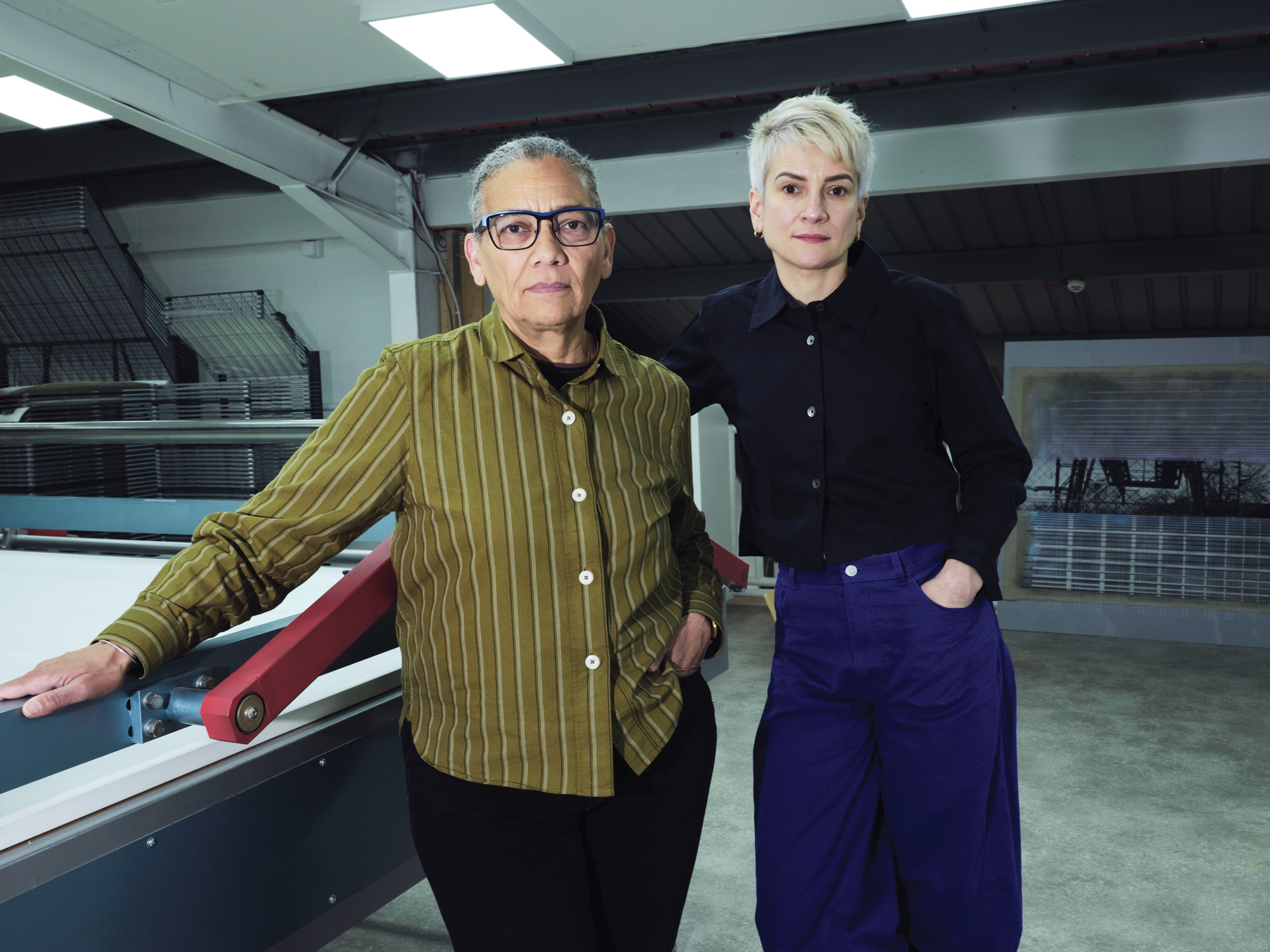 Lubaina Himid and Magda Stawarska’s new show at Kettle’s Yard will uncover the missing narratives in everyday life stories
Lubaina Himid and Magda Stawarska’s new show at Kettle’s Yard will uncover the missing narratives in everyday life storiesThe artists and partners in life are collaborating on an immersive takeover of Kettle’s Yard, Cambridge, in an exhibition that delves into a lost literary legacy
-
 See the fruits of Niki de Saint Phalle and Jean Tinguely's creative and romantic union at Hauser & Wirth Somerset
See the fruits of Niki de Saint Phalle and Jean Tinguely's creative and romantic union at Hauser & Wirth SomersetAn intimate exhibition at Hauser & Wirth Somerset explores three decades of a creative partnership
-
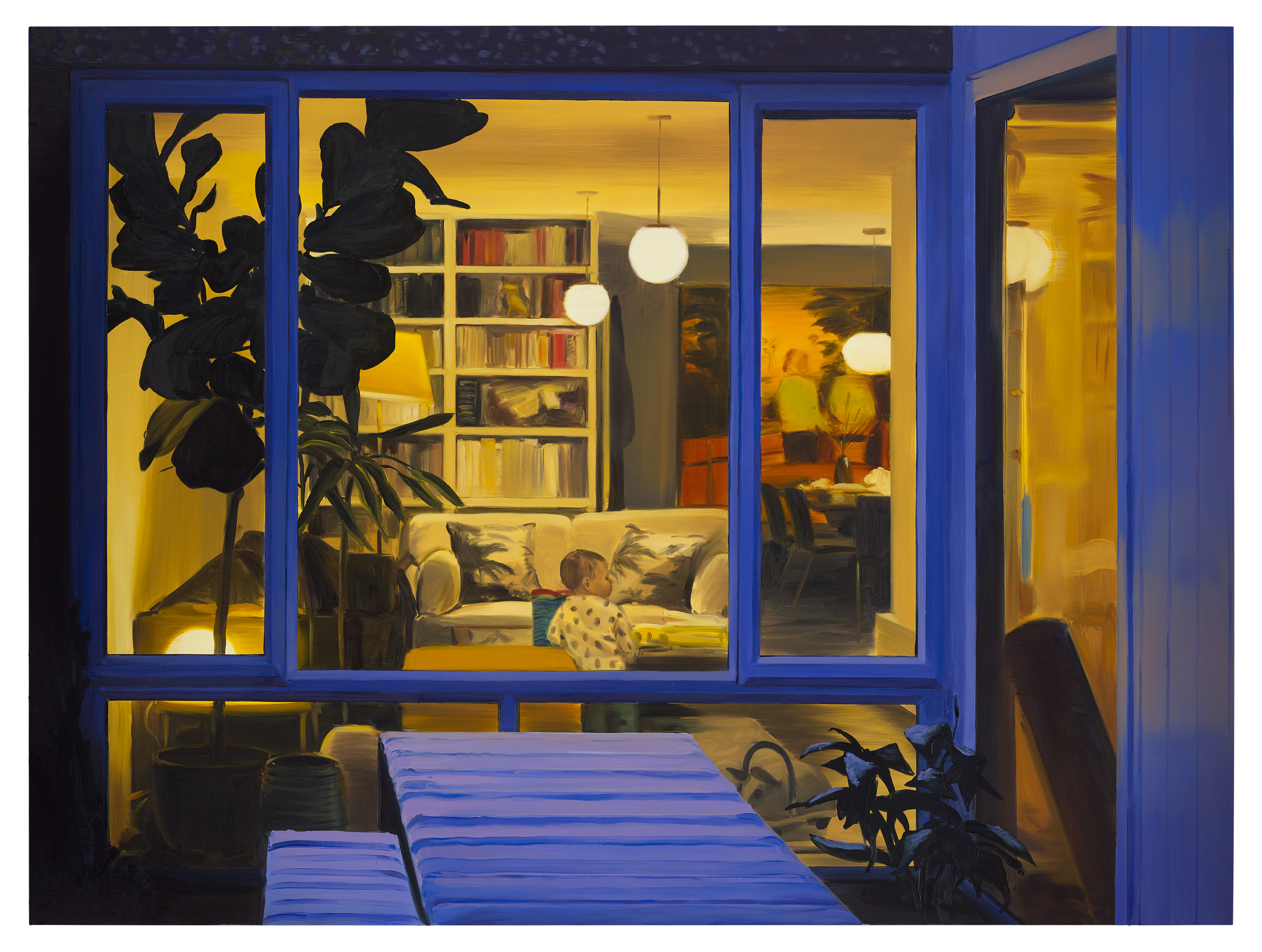 Caroline Walker's new show speaks to women everywhere, including me
Caroline Walker's new show speaks to women everywhere, including me'Everything related to my life with young children, because it's such an all encompassing experience,' the artist says of her new show at the Hepworth Wakefield
-
 Cassi Namoda is rethinking stained-glass windows at Turner Contemporary in Margate
Cassi Namoda is rethinking stained-glass windows at Turner Contemporary in MargateThe artist drew from an eclectic range of references when considering the traditional medium for a Turner Contemporary window overlooking the beach – she tells us more